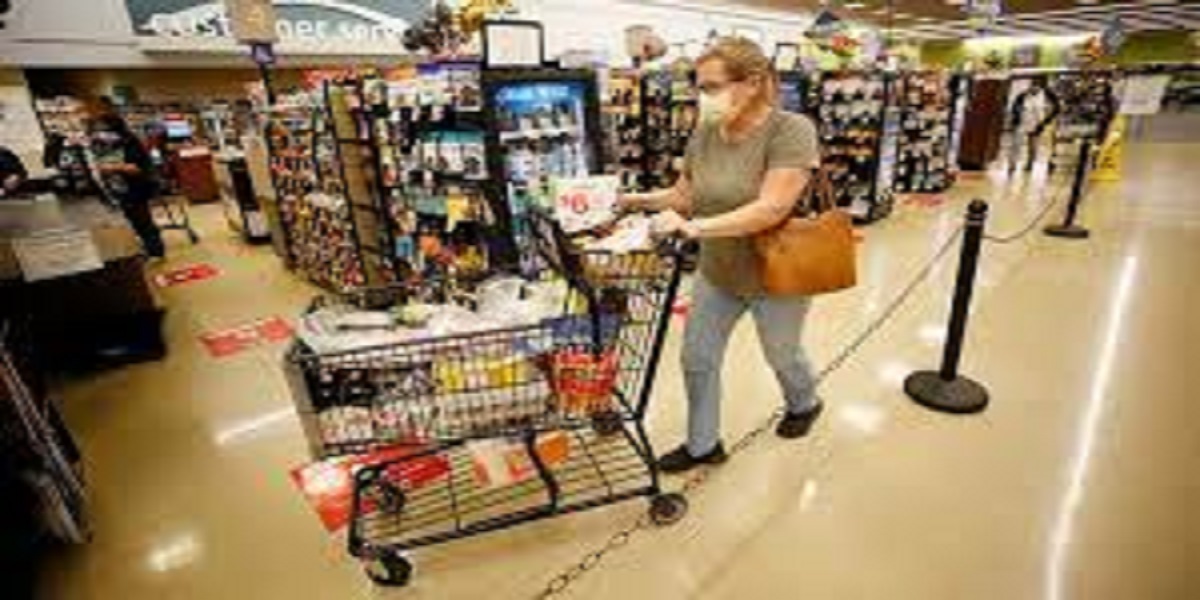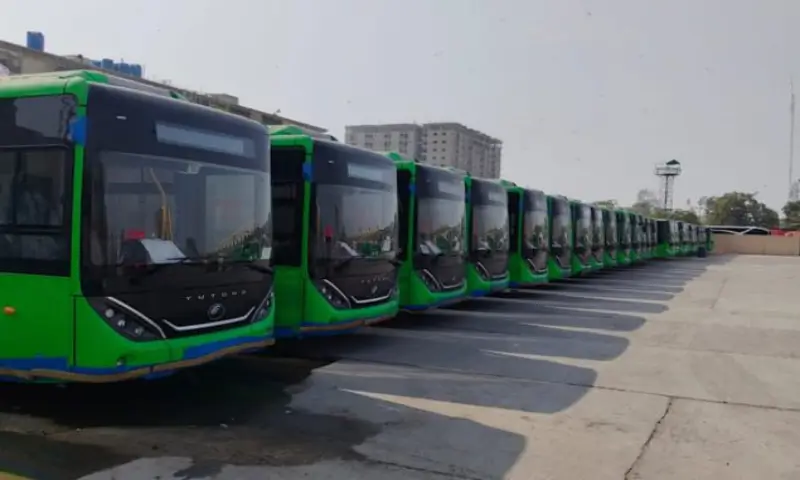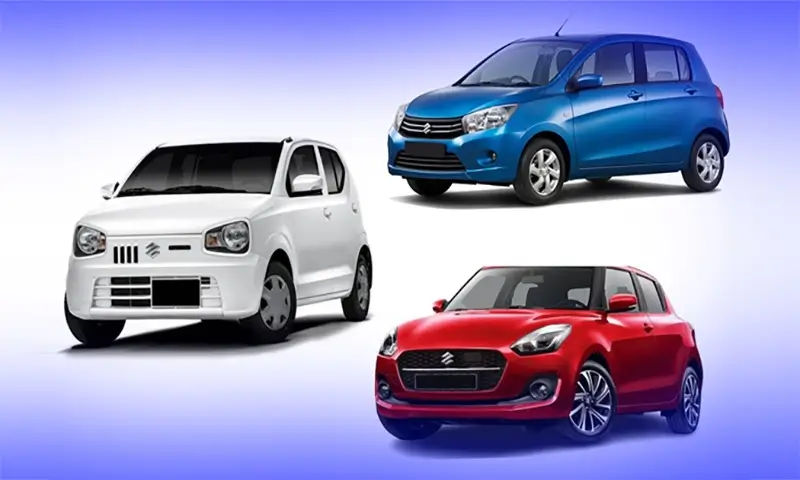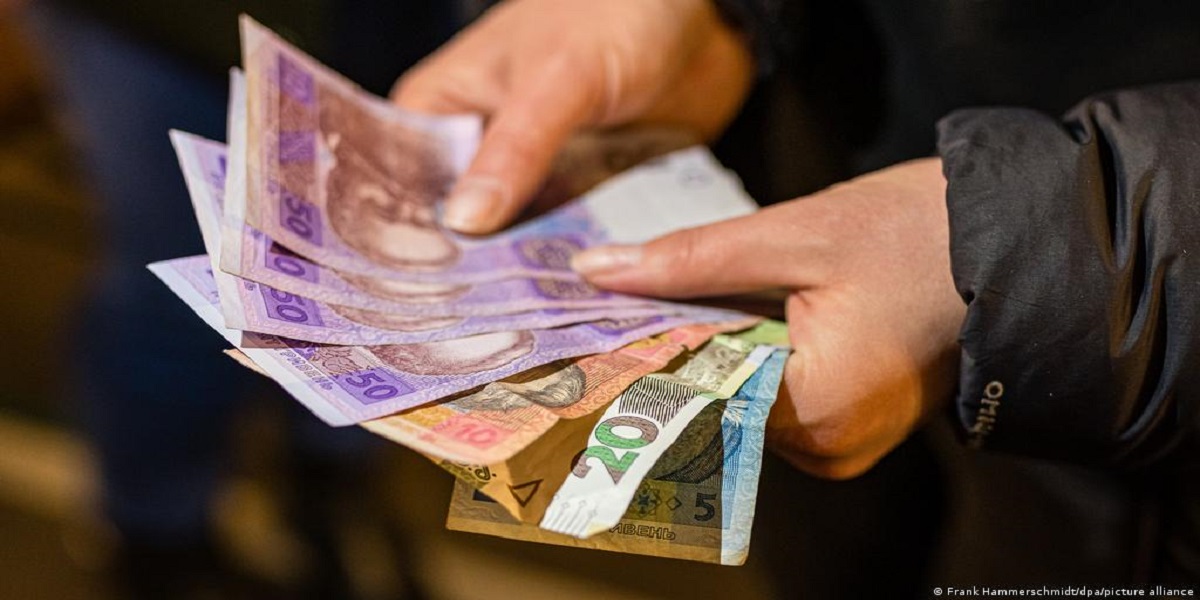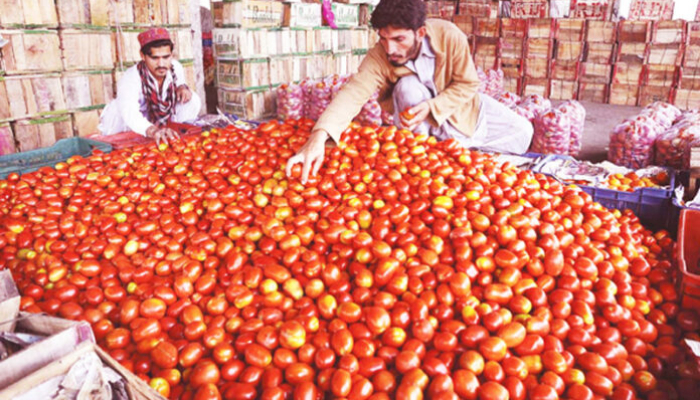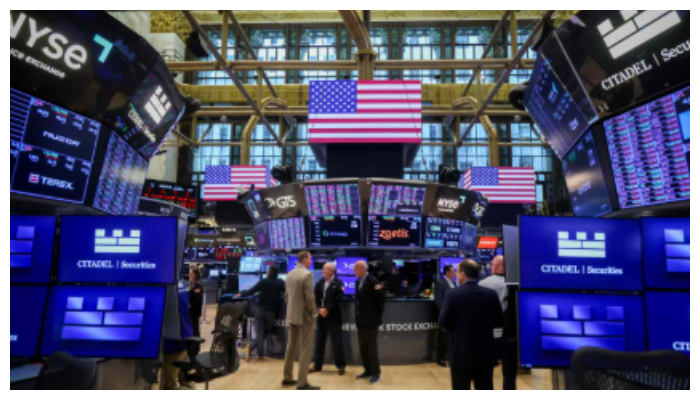It’s happened to pretty much each and every individual who’s exhausted in line holding on to look at a store. You spot a piece of candy, a pack of gum or a soda. Incapable to oppose, you toss it in your truck.
This scene, rehashed on many times consistently at staple and corner shops, is a common case of motivation purchasing.
Your choice to snatch that gum might have been unconstrained, however the arrangement to tempt you in the checkout path was painstakingly created.
It pays off for stores and brands, as customers burned through $6 billion in the checkout region at stores last year, as per statistical surveying firm IRI.
“Drive buying addresses a whole lot bigger part of buyer conduct than individuals understand,” said James Burroughs, who concentrates on shopper designs at the University of Virginia’s McIntire School of Commerce.
“The front of the store is stand out property to put motivation things.”
Be that as it may, how do organizations choose which items to put at the checkout counter? For what reason do we follow up on our driving forces toward the finish of our shopping trips? Furthermore, are there any drawbacks to stores benefiting from motivation purchasing?
The progress to self-administration stores in the mid twentieth century helped launch spur of the moment shopping.
Abruptly, customers could meander around stores and take anything they desired off the racks, rather than asking a store assistant to take care of their request.
Then, while shopping baskets were presented during the 1930s and 1940s, spur of the moment shopping truly blast.
Today, stores map out practically every last trace of their actual climate to impact customers’ choices. For instance, the dairy case is set way toward the rear of stores, constraining clients to meander and gather up a lot of different items before they purchase milk.
The meat case is much of the time over on the opposite side of the store to get customers to stroll around and throw significantly more things into the truck.
It’s no incident that pureed tomatoes are adjoining the pastas and waffle cones are close to frozen yogurt coolers – – a system known as cross-marketing.
Oat boxes are for the most part close to the floor at children’s eye level, which makes it more straightforward for them to mess with their folks to get them.
“The lighting, the temperature, the association of the racks and paths – – all of that has been broadly explored and refined,” said Marion Nestle, a teacher emerita of nourishment and food learns at New York University. “Also, it’s motivation is to get individuals to purchase more items.”
Marks additionally pay “opening charges” to the stores that assume a basic part in item arrangement. The absolute best spots are eye-level arrangement on racks, end-cap shows in the passageways and – – most noticeably – – close to the sales register.
Significant food and refreshment brands are especially centered around getting their items put close to the checkout path, which everybody goes through, not at all like the treats and soda areas. (The vast majority search out the treats passageway basically on Halloween or different occasions.)
Stores put little, modest things for fast utilization closest the register since they’re simpler for clients to throw into their trucks rather than, say, an eight-pack of paper towels.
“It’s that last an open door to add that additional thing or two on the exit plan the entryway,” said the University of Virginia’s Burroughs.
There’s additionally an explanation candy comes toward the finish of your shopping trip and not the start, showcasing specialists say.
When we wrap up our shopping and get to the checkout path, we’re commonly crapped and have less resolution than when we strolled through the entryway.
“Individuals are bound to capitulate to drive on the off chance that they are exhausted,” said Burroughs. “You might be somewhat less watched.”
Due to how solid our enticements can be at checkout, there has been a developing push to drive retailers to prod clients toward better choices.
“By reexamining checkout, retailers could uphold their clients’ wellbeing, instead of pushing the utilization of extra – – and frequently undesirable – – calories from candy, pop, and other unfortunate food sources and drinks,” said The Center for Science in the Public Interest, a not-for-profit purchaser bunch, in a 2015 report.
The association has driven the mission to push stores to change what they sell close to the register.
Top basic food item chains in the United Kingdom have wiped out candy from checkout by and large. In the United States, Berkeley, California, passed a “sound checkout” regulation in 2020 directing which items can be sold close to the register. Out: unhealthy food, candy and pop. In: new or dried organic products, nuts, yogurt and sans sugar gum.
The guideline, the first in quite a while, expects stores to sell somewhere around 25 square feet of sound things inside a nearby sweep of the register.
“Berkeley’s notable activity will gather speed for future endeavors to further develop the food retail climate at the state and nearby level,” the buyer bunch said.

